How to write a scholarship letter template
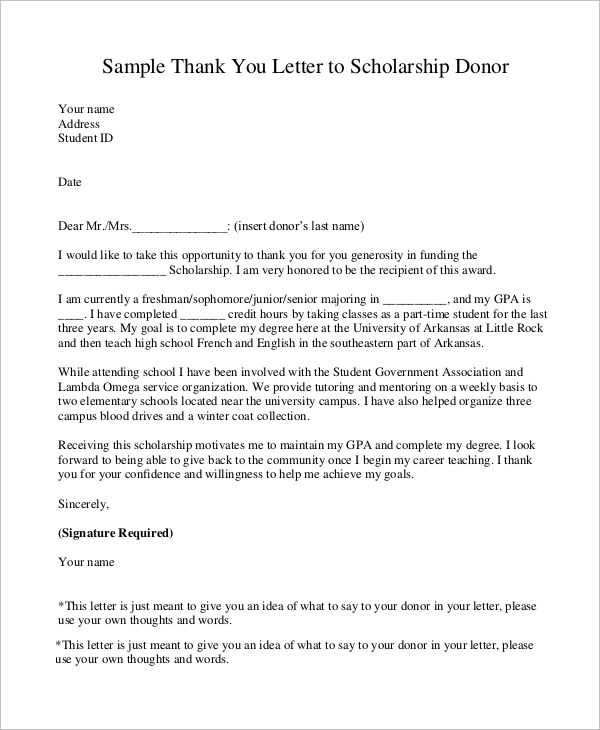
Begin with a clear and direct introduction to your intentions. Acknowledge your interest in the scholarship and briefly explain why you are applying. Make sure to highlight your main achievements and qualifications that align with the scholarship’s criteria. This helps the reader understand your suitability for the award from the start.
Next, structure the body of your letter to showcase specific examples of your achievements and experiences. Focus on concrete instances where you’ve demonstrated leadership, academic excellence, or community involvement. Provide detailed descriptions to make your points stand out. Avoid generalities and vague statements.
Finish the letter with a confident closing statement. Reaffirm your gratitude for the opportunity to apply, and express your hope to be considered for the scholarship. End with a professional sign-off, using polite language to maintain a respectful tone throughout the letter.
How to Write a Scholarship Letter Template
Begin with a clear subject line and address the letter to the appropriate individual or committee. Ensure you use formal language and a professional tone throughout. Below is a basic template you can follow to structure your letter.
| Section | Details |
|---|---|
| Salutation | Use “Dear [Committee Name]” or “Dear [Scholarship Provider’s Name]” to start. |
| Introduction | Introduce yourself and specify the scholarship you’re applying for. State briefly why you are seeking the scholarship. |
| Body Paragraph 1 | Describe your academic background and achievements. Mention any relevant experiences that qualify you for the scholarship. |
| Body Paragraph 2 | Explain why you need financial assistance and how receiving the scholarship would impact your future plans. |
| Conclusion | Express gratitude for the committee’s time and consideration. Reaffirm your enthusiasm for the opportunity. |
| Sign-off | Use a professional closing such as “Sincerely,” followed by your full name. |
Review the letter for clarity and spelling errors before submitting. Keep the tone sincere, straightforward, and professional.
Identifying the Purpose of Your Scholarship Letter
Clarify your goal right from the start: why are you writing the letter? A scholarship letter should directly convey your intent to secure financial assistance for your studies. Focus on how this scholarship will support your academic and career aspirations.
Be Specific About Your Needs
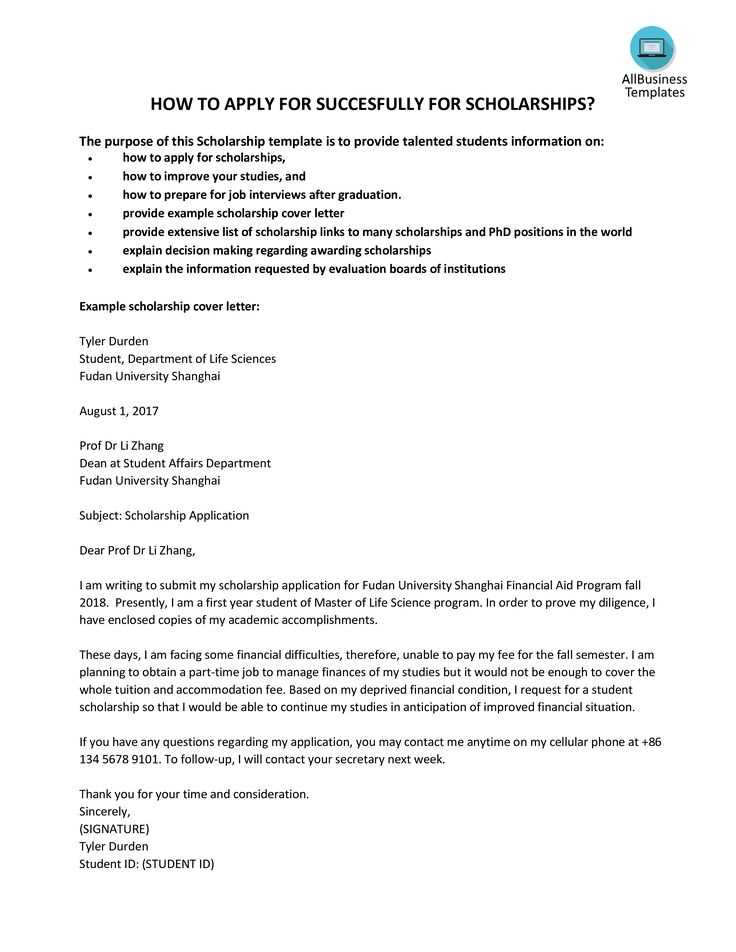
Clearly explain what you need the scholarship for. Highlight the financial challenges you face and how receiving the scholarship will make a tangible difference in your education. The more specific you are about the financial gap, the stronger your case will be.
Align with the Scholarship’s Mission
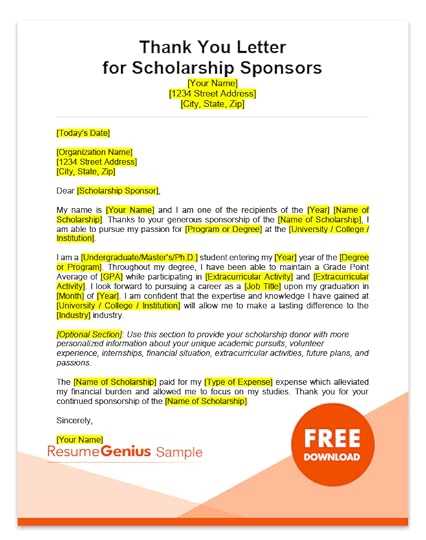
Understand the scholarship’s mission and align your letter with it. Research the values and goals of the organization offering the scholarship. Tailor your letter to demonstrate how your academic background and ambitions match the scholarship’s objectives.
Gathering the Required Information Before Writing
Before drafting your scholarship letter, collect the following details to ensure your application is strong and complete.
Personal Information
Have your full name, contact information, and academic details ready. Include your GPA, major, and current year in school. If relevant, include any honors, awards, or significant achievements that showcase your dedication and abilities.
Scholarship Details
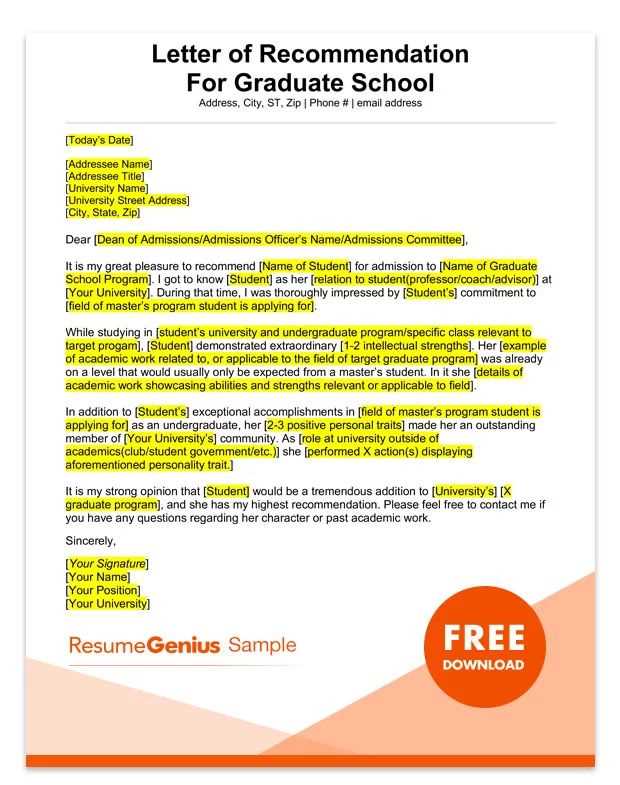
Gather specific information about the scholarship you are applying for. This includes the scholarship’s purpose, eligibility criteria, and any particular requirements. Note if the scholarship has any essay or personal statement prompts, as this will guide the tone and structure of your letter.
Supporting Documents
Prepare all necessary documents such as recommendation letters, transcripts, and any financial information required by the scholarship. Having these at hand allows you to reference or submit them seamlessly along with your letter.
Crafting a Clear and Concise Opening Statement
Open your scholarship letter with a direct statement that grabs attention and sets a professional tone. Begin by clearly stating your intention for applying and why you are an ideal candidate. Avoid unnecessary background or fluff that could distract from the purpose of your letter.
Be Direct and Purposeful
Your opening sentence should express your goal in applying for the scholarship. For example:
- “I am writing to express my interest in the [scholarship name] to support my studies in [specific field].”
- “I am eager to apply for the [scholarship name] to further my education at [university name] in [degree program].”
Highlight Your Motivation
After stating your purpose, explain why you are passionate about the field or program. Keep it brief but compelling, offering a glimpse into what drives you without getting into excessive detail. Focus on why this scholarship aligns with your academic goals and personal growth.
- “This scholarship would allow me to pursue my passion for [subject] while contributing to [specific goal].”
- “I am committed to advancing my knowledge in [field] and believe this scholarship will help me achieve [specific career aspirations].”
By crafting a concise and clear opening, you create an immediate connection with the reader and set the stage for a compelling letter.
Demonstrating Your Qualifications and Achievements
Highlight your most relevant experiences that directly support your application. Focus on specific accomplishments and explain how they align with the scholarship’s goals. Use concrete examples, such as awards, projects, or leadership roles, that showcase your capabilities.
For academic achievements, include your GPA, honors, and any specialized courses you’ve completed. Be sure to explain how these academic milestones relate to your field of interest or career path. Don’t forget to mention any research or presentations you’ve been involved in, especially if they have contributed to your field.
If you’ve gained work experience or internships, focus on what you’ve learned and how it has shaped your skills. Explain any responsibilities or challenges you faced, and how you handled them. Employers value problem-solving abilities and initiative, so highlight these qualities wherever possible.
Community service and extracurricular activities can also be a strong point. Include volunteer work that reflects your commitment to giving back and your ability to manage multiple responsibilities. Show how these experiences helped you grow as a leader or team player.
Each qualification or achievement should have a clear connection to your future goals. Demonstrate how the scholarship will enable you to build on these experiences, leading to greater success in your academic or professional pursuits.
Formatting Tips for a Professional Scholarship Letter
Set your document up with clean margins, ideally 1-inch on all sides. Use a readable font like Times New Roman or Arial in 12-point size. This ensures clarity and professionalism without distracting the reader.
Align your text to the left, and avoid centering or justifying the text. Left-aligned text is easier to read and gives your letter a structured, organized look.
Use Clear Headings
Include a clear heading at the top of your letter, featuring your name, address, and contact information, followed by the recipient’s details. This provides a professional layout and helps the reader quickly identify the sender and recipient.
Paragraph Breaks
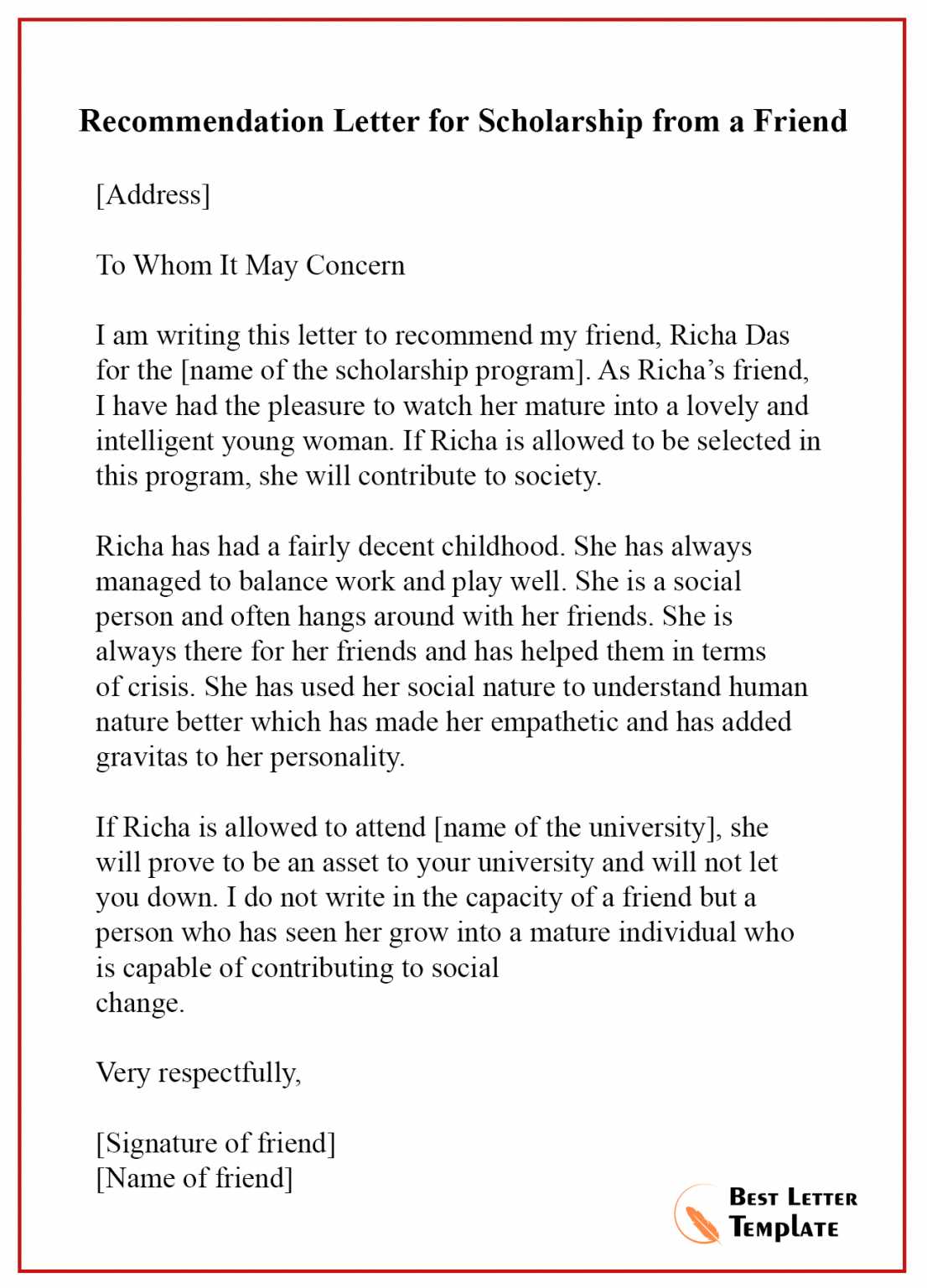
Keep paragraphs concise and well-spaced. Avoid large blocks of text; break them into smaller, digestible sections. Each paragraph should address one key idea, and using single spacing helps the letter appear neat and manageable.